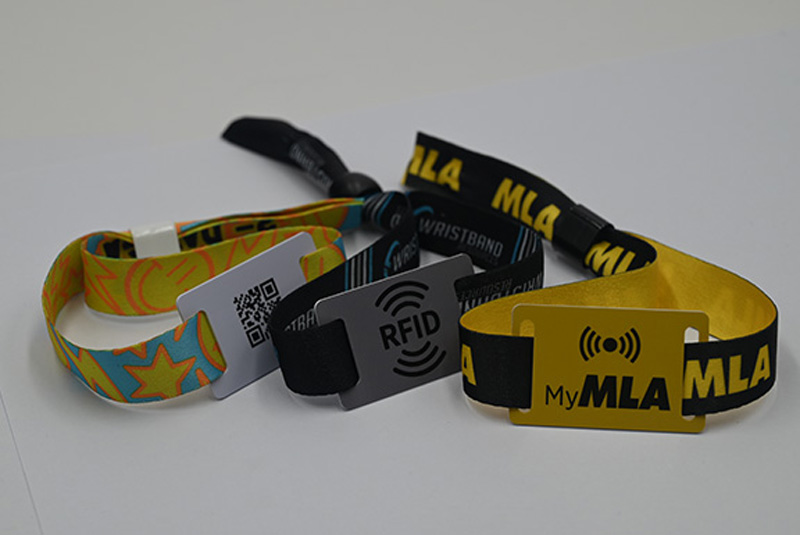The difference between IC cards and magnetic stripe cards
2024-04-18
IC cards and magnetic stripe cards are carriers of information, but their storage methods are different. Magnetic strips are mainly used to carry information, but the IC card saves and saves information.

Magnetic stripes are divided into high intensity magnetic stripes and low intensity magnetic stripes; High intensity magnetic stripe: 2750oe. Compared with low intensity magnetic stripe cards, high intensity magnetic stripe cards are relatively expensive, but the magnetic stripe has a longer storage time and the information written on the card is not easily lost. Bottom excited magnetic stripe: 300oe This type of magnetic stripe card is cheap, easy to use, and easy to manage.
Introduction to magnetic strip card magnetic track: The standard magnetic strip width is 12.7mm. There are three tracks on top, with the first track at the outermost, which are the second and third tracks (commonly known as the second and third tracks). The width of each track is 2.8 ± 0.01mm. The first track is for writing letters and numbers, the second track is for writing equal signs and numbers, and the third track is for writing numbers and characters. The commonly used one is the second track. If the manufacturer needs to write magnetism, they usually write the second track.
IC card, also known as integrated circuit card. IC card is the information carrier after magnetic stripe card. The core of an IC card is an integrated circuit chip. It utilizes modern advanced microelectronics technology to embed large integrated circuit chips into small plastic cards. Its development and manufacturing technology is much more complex than magnetic cards. The main technologies of IC cards include hardware technology, software technology, and related business technology. Hardware technology generally includes semiconductor technology, substrate technology, packaging technology, terminal technology, and other component technologies; Software technology generally includes application software technology, communication technology, security technology, and system control technology.
The shape of an IC card is similar to that of a magnetic card. The difference between it and magnetic cards lies in the media used for data storage. Magnetic cards store information through changes in the magnetic field of the magnetic stripes on the card, while IC cards can be programmed to only read and store data from the integrated circuit chip (EEPROM) embedded in the card.
Compared to magnetic stripe cards, IC cards have the following advantages:
1. Large storage capacity. The storage capacity of the magnetic card is about 200 characters; According to different models, IC cards have storage capacities of hundreds of small characters and millions of large characters.
2. Good security, not easy to copy, the information on the IC card can be read, modified, and erased freely, but all require a password.
3. CPU cards have data processing capabilities. When exchanging data with a card reader, data can be encrypted and decrypted to ensure the accuracy and reliability of data exchange; The magnetic card does not have this feature.
4. Long service life, can be recharged repeatedly.
5. IC cards have the ability to prevent magnetism, static electricity, mechanical damage, and chemical damage, with a long information storage life and over tens of thousands of reads and writes.
6. IC cards can be widely used in fields such as finance, telecommunications, transportation, trade, social security, taxation, healthcare, insurance, and almost all public utilities.





